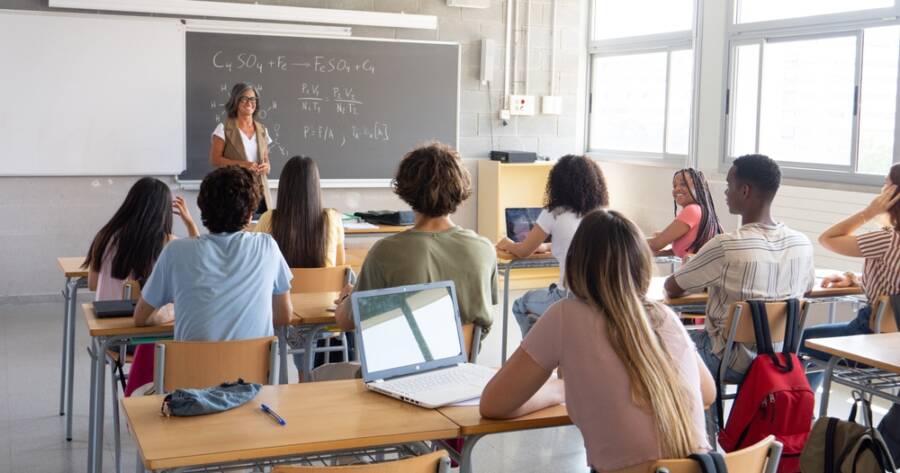Artificial intelligence (AI) is no longer just a futuristic idea—it is already present in classrooms across the United States. From tools that grade essays to platforms that generate personalized learning plans, AI is changing the way students and teachers interact with education. But with this shift comes a big question: should AI be seen as a supportive partner, a disruptive threat, or something in between? Understanding both the risks and rewards can help us better understand AI’s true role in the classroom.
The Promise of Personalized Learning
One of the greatest strengths of AI is its ability to create individualized learning experiences. Every student learns differently, and traditional classrooms often struggle to meet the needs of both advanced learners and those who require extra support. AI-powered platforms can adjust reading levels, provide tailored quizzes, and even recommend study strategies based on a student’s progress.
For example, adaptive learning programs use data to identify areas where a student is struggling, offering extra practice or alternative explanations. In turn, students can move at their own pace instead of being forced to follow a one-size-fits-all curriculum. This approach not only improves engagement but also helps teachers focus their attention on where it is most needed.
Concerns About Overreliance
While AI offers clear advantages, many educators worry about students becoming too dependent on technology. If a program can instantly provide answers or generate essays, will students still develop critical thinking and problem-solving skills? Overreliance could lead to surface-level learning, where students absorb information quickly but struggle to apply it in real-world contexts.
There is also concern about equity. Not all schools have equal access to advanced technology, which could widen the gap between well-funded districts and under-resourced ones. If AI tools become a standard expectation in education, students without access may fall further behind, creating new challenges for fairness in the system.
Teachers as Guides, Not Replacements
Some critics fear that AI might one day replace teachers. However, most experts believe this is unlikely. Teaching is more than transferring information; it involves mentoring, emotional support, and building relationships—skills that AI cannot replicate. Instead of replacing educators, AI has the potential to act as a teammate by handling repetitive tasks like grading, tracking attendance, or generating practice materials.
When teachers spend less time on administrative work, they can dedicate more energy to guiding discussions, encouraging creativity, and supporting social-emotional growth. In this way, AI becomes a tool that enhances the teacher’s role rather than threatening it.
Ethical and Privacy Challenges
AI in the classroom also raises serious ethical questions. Collecting data on student performance can be helpful, but it also introduces privacy risks. Families and educators must ask: who owns this data, how is it protected, and could it be misused? Transparency is key, and schools must ensure that student information is handled responsibly.
Another challenge is bias. AI systems are only as good as the data used to train them. If the data reflects inequalities or stereotypes, the results may unintentionally reinforce those same problems. For AI to be a trustworthy teammate, schools must carefully evaluate the fairness and accuracy of the tools they adopt.
Practical Uses Already Making a Difference
Despite the concerns, AI is already proving useful in classrooms. Tools like automated language translation help teachers communicate with students who are learning English as a second language. Writing assistants can suggest grammar improvements and help students organize their ideas, while math tutoring apps provide step-by-step guidance outside of class.
These applications show that AI can be more than just a theoretical concept—it can solve real problems today. The key is finding a balance where AI supports learning without replacing the fundamental role of teachers and human interaction.
The Future of Learning with AI
AI in the classroom is not a simple friend or foe. Instead, it is best understood as a potential teammate—one that can strengthen education when used responsibly. If schools treat AI as a partner, teachers can focus more on inspiring students, and learners can benefit from personalized support. But without careful planning, the risks of overreliance, inequality, and privacy concerns could overshadow the benefits.
The future of AI in education will depend on how wisely we choose to use it.

